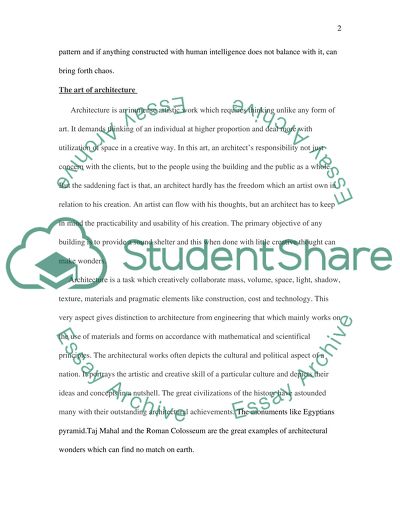Cite this document
(“Architecture and the Human Body Thesis Example | Topics and Well Written Essays - 2000 words”, n.d.)
Retrieved from https://studentshare.org/architecture/1405243-architecture-and-the-human-body
Retrieved from https://studentshare.org/architecture/1405243-architecture-and-the-human-body
(Architecture and the Human Body Thesis Example | Topics and Well Written Essays - 2000 Words)
https://studentshare.org/architecture/1405243-architecture-and-the-human-body.
https://studentshare.org/architecture/1405243-architecture-and-the-human-body.
“Architecture and the Human Body Thesis Example | Topics and Well Written Essays - 2000 Words”, n.d. https://studentshare.org/architecture/1405243-architecture-and-the-human-body.


